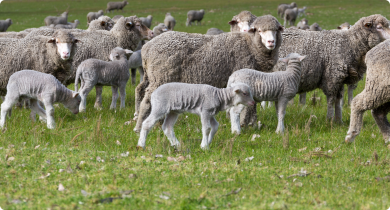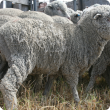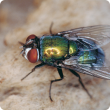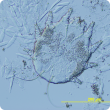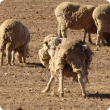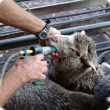Management & reproduction
Reproductive rate varies widely among livestock species. Nonetheless, efficient reproduction is critical to profitability in all livestock industries. Nutrition and genetics are the key drivers of efficient reproduction. However, there are many other facets of management such as, behaviour, use of technology and housing that must also be taken into consideration if farm enterprises are to raise their reproductive rate.
The Department of Primary Industries and Regional Development conducts research, development and extension activities in collaboration with industry partners to improve the productivity of the main livestock species. The objective is to support the economic development of the state by improving the profitability of Western Australian farm enterprises.
See Also
Articles
Filter by search
Filter by topic
- (-) Remove Livestock parasites filter Livestock parasites
- Sheep (5) Apply Sheep filter
- Livestock species (5) Apply Livestock species filter
- Pests, weeds & diseases (4) Apply Pests, weeds & diseases filter
- Diseases (4) Apply Diseases filter
- Livestock health & diseases (4) Apply Livestock health & diseases filter

